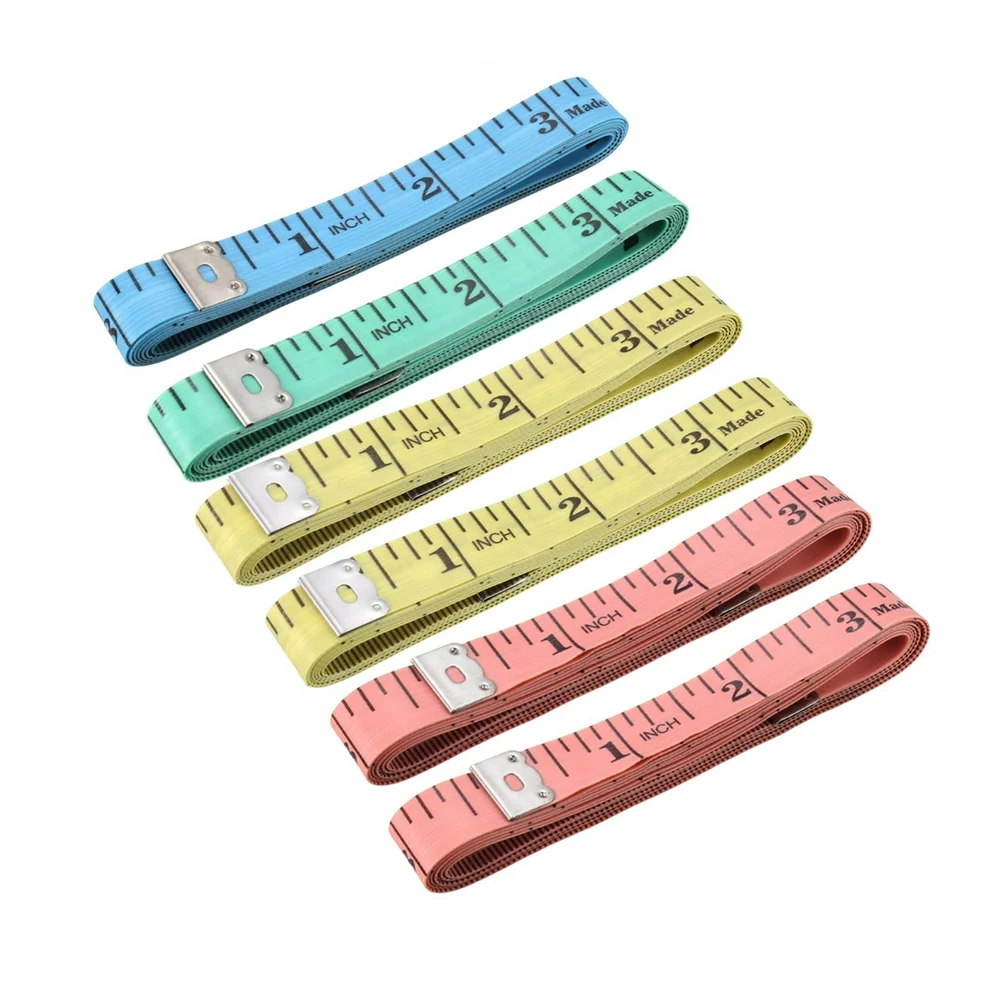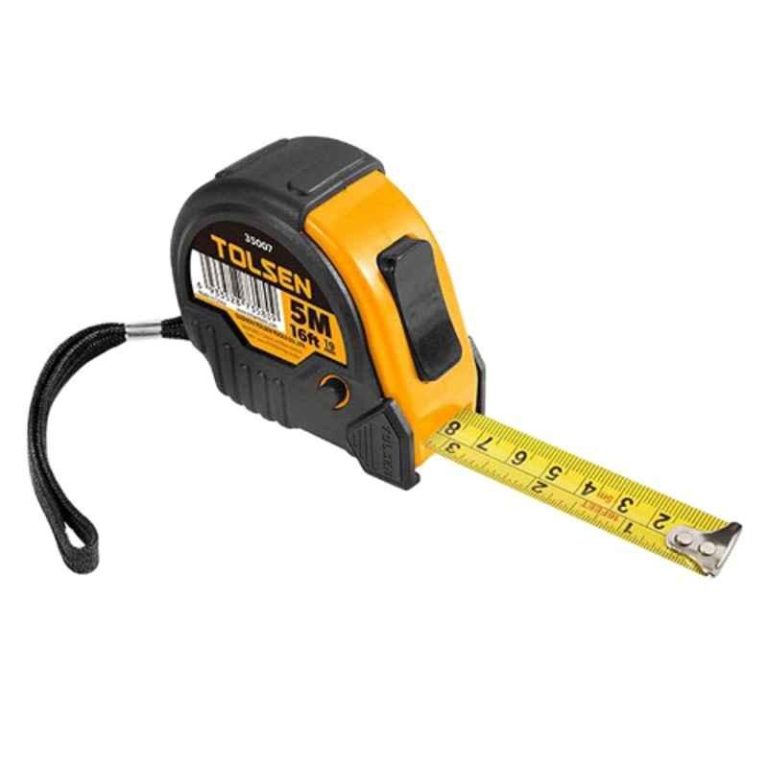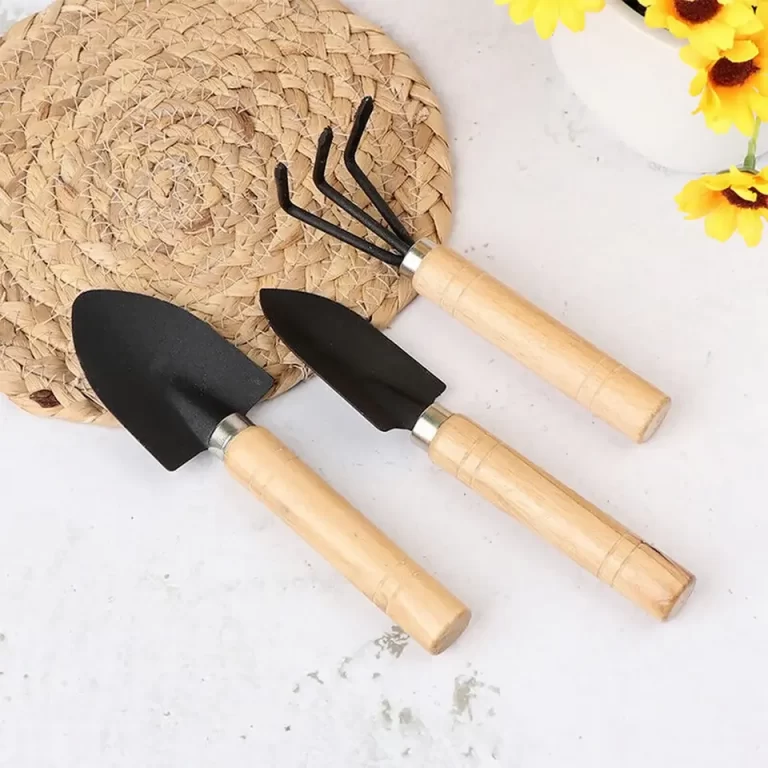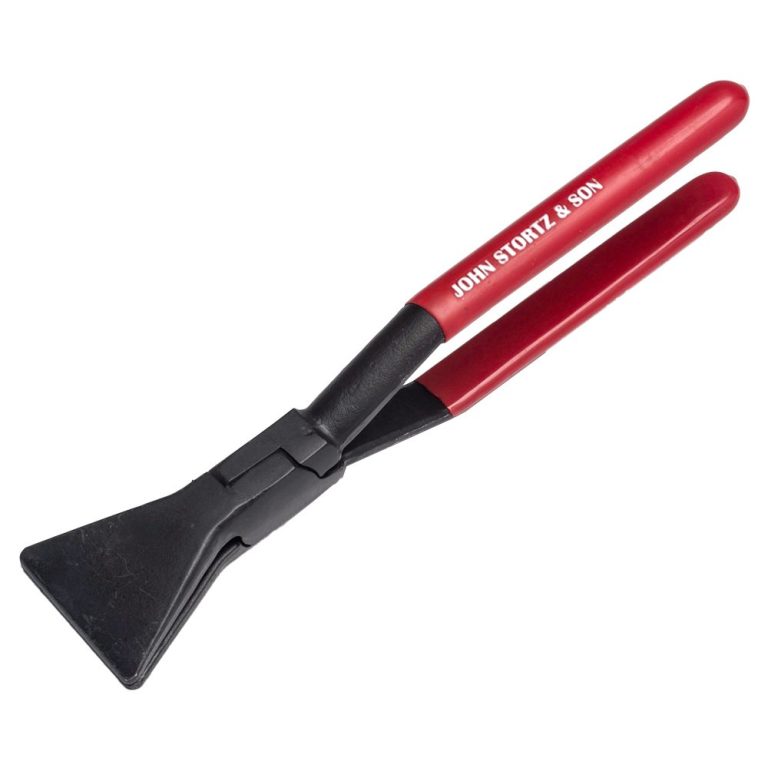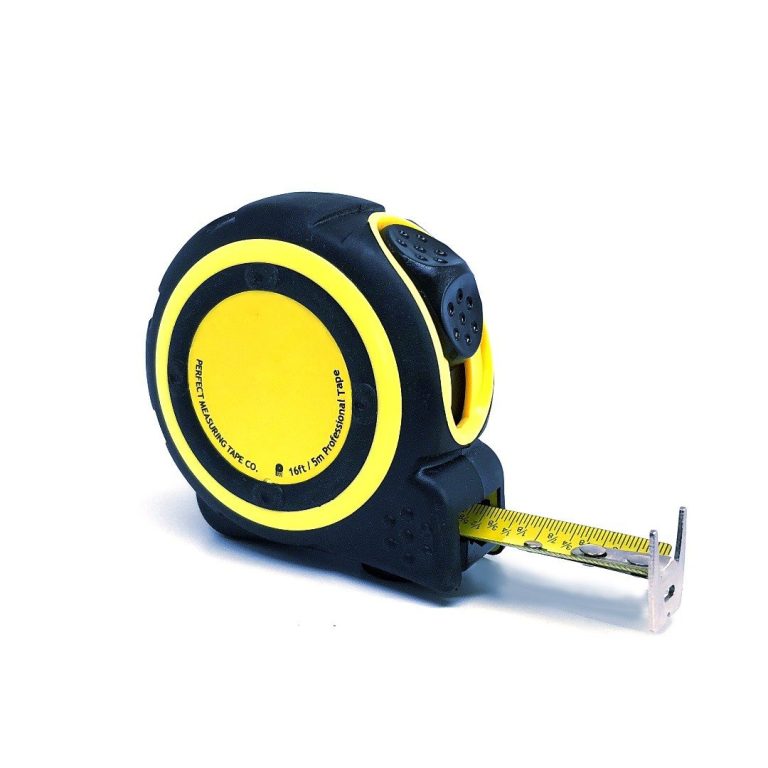When it comes to sewing and tailoring, precision is paramount. Whether you’re a seasoned professional or a passionate hobbyist, having the right tools can make all the difference. One indispensable tool in any fabric enthusiast’s arsenal is the fabric tape measure. This versatile instrument not only ensures accurate measurements but also enhances the overall quality of your projects. In this comprehensive guide, we will explore everything you need to know about fabric tape measures, from their features and benefits to tips on selecting the perfect one for your needs.
 Understanding Fabric Measuring Tape
Understanding Fabric Measuring Tape
A fabric tape measure is a flexible ruler used primarily in tailoring, dressmaking, and other fabric-related crafts. Unlike rigid rulers, fabric tape measures are made from materials like fiberglass or cloth, allowing them to bend and curve effortlessly around the body and fabric shapes. This flexibility makes them ideal for taking precise measurements of various body parts and garments.
The Anatomy of a Fabric Tape Measure
A typical fabric tape measure consists of several key components:
- Tape Material: Usually made from fiberglass coated with a smooth nylon or Teflon layer to prevent sticking and ensure longevity.
- Length Markings: Clearly marked in both inches and centimeters to accommodate different measurement preferences.
- Locking Mechanism: Allows the tape to be fixed in place, enabling accurate measurement without constant hand adjustments.
- Case: Protects the tape measure when not in use and often includes a belt clip for easy portability.
Understanding these components helps you choose a tape measure that suits your specific needs, whether you’re measuring fabric, body parts, or patterns.
Why Choose a Fabric Measuring Tape?
Fabric tape measures offer several advantages over other measuring tools. Here are some compelling reasons to incorporate a fabric tape measure into your sewing toolkit:
Accuracy and Precision
A fabric tape measure provides precise measurements, which are crucial for creating well-fitted garments. The flexibility of the tape allows it to contour smoothly around curves and edges, reducing the likelihood of measurement errors.
Versatility
These tape measures are not limited to fabric measurements. They can also be used for measuring various objects, making them a versatile tool in any household or workspace.
Durability
High-quality fabric tape measures are built to last. Materials like fiberglass and coated nylon ensure that the tape remains flexible and resistant to wear and tear, even with frequent use.
Portability
Lightweight and compact, fabric tape measures can be easily carried in a pocket, sewing kit, or toolbox. This portability ensures that you always have your measuring tool on hand when needed.
 Key Features to Look For
Key Features to Look For
When selecting a fabric tape measure, consider the following features to ensure you choose the best one for your needs:
Length
Fabric tape measures come in various lengths, typically ranging from 60 inches (150 cm) to 150 inches (380 cm). The ideal length depends on the types of projects you undertake. For most sewing and tailoring tasks, a 60-inch tape measure is sufficient.
Material Quality
The quality of the tape material affects both durability and ease of use. Fiberglass tapes coated with nylon or Teflon are highly recommended for their flexibility and resistance to damage.
Dual Measurements
A tape measure marked in both inches and centimeters is highly practical, especially if you work with international patterns or collaborate with others who use different measurement systems.
Clear Markings
Ensure that the measurement markings are clear and easy to read. Some tapes feature both printed and raised markings, enhancing visibility and accuracy.
Locking Mechanism
A reliable locking mechanism allows the tape to stay in place without constant adjustment. This feature is particularly useful when taking measurements that require precision.
How to Use a Fabric Measuring Tape Effectively
Mastering the use of a fabric tape measure can significantly improve the outcome of your sewing projects. Here are some tips to help you use your tape measure effectively:
Taking Body Measurements
- Chest/Bust: Measure around the fullest part of your chest or bust, keeping the tape parallel to the floor.
- Waist: Measure around the narrowest part of your waist, typically just above the belly button.
- Hips: Measure around the widest part of your hips, ensuring the tape is level all the way around.
- Inseam: Measure from the crotch to the desired length of the pants.
Measuring Fabric
When measuring fabric, ensure it is laid flat and smooth on a surface. Use the tape measure to determine the length and width needed for your project, adding extra inches for seams and hems as required.
Creating Patterns
Accurate measurements are crucial when drafting or adjusting patterns. Use your fabric tape measure to ensure that all dimensions are precise, which will result in a better-fitting garment.
 Maintenance and Care Tips
Maintenance and Care Tips
To ensure your fabric tape measure remains in top condition, follow these maintenance and care tips:
Regular Cleaning
Wipe the tape measure with a soft, dry cloth after each use to remove any dust or debris. Avoid using harsh chemicals that could damage the tape’s coating.
Proper Storage
Store the tape measure in its protective case when not in use. This prevents the tape from becoming tangled or damaged and keeps it ready for your next project.
Avoid Extreme Conditions
Exposing your tape measure to extreme temperatures or moisture can degrade its materials. Keep it in a cool, dry place to maintain its flexibility and accuracy.
Check for Wear and Tear
Regularly inspect your tape measure for signs of wear, such as fraying edges or faded markings. Replace the tape measure if it shows significant wear to ensure you continue to take accurate measurements.
Common Mistakes to Avoid
Even with the best tools, mistakes can happen. Here are some common errors to watch out for when using a fabric tape measure:
Not Keeping the Tape Flat
Ensure the tape remains flat against the fabric or body part you are measuring. Allowing the tape to twist or curl can lead to inaccurate measurements.
Rounding Measurements
Always take precise measurements by reading the tape at the exact point where it overlaps. Rounding up or down can result in garments that don’t fit properly.
Ignoring Tape Lock
Failing to use the tape’s locking mechanism can cause the tape to retract too quickly, leading to measurement inaccuracies. Utilize the lock to hold the tape in place when needed.
Using the Wrong Length
Selecting a tape measure that is too short for your needs can limit your ability to take certain measurements accurately. Choose a length that accommodates the range of projects you typically work on.
 Comparing Fabric Measuring Tape to Other Measuring Tools
Comparing Fabric Measuring Tape to Other Measuring Tools
While fabric tape measures are indispensable, it’s helpful to understand how they compare to other measuring tools:
Rigid Rulers
Rigid rulers are excellent for straight measurements and drawing lines, but they lack the flexibility needed for curved or body measurements. Fabric tape measures excel in these areas, providing versatility and ease of use.
Digital Measuring Tools
Digital tools offer high precision and can store measurements electronically. However, they require batteries and may not be as durable or flexible as fabric tape measures, making the latter more reliable for everyday sewing tasks.
Yardsticks
Yardsticks provide longer measurements than standard rulers but are still rigid. Their lack of flexibility makes them less suitable for detailed fabric work compared to fabric tape measures.
Enhancing Your Sewing Projects with a Fabric Measuring Tape
A fabric tape measure isn’t just for measurements—it can also enhance your overall sewing experience in several ways:
Efficient Pattern Making
Accurate measurements are the foundation of effective pattern making. A fabric tape measure ensures that your patterns are based on precise dimensions, leading to better-fitting garments.
Improved Garment Fit
Using a fabric tape measure to take detailed body measurements helps create garments that fit well. This is especially important for custom clothing and alterations, where a perfect fit is essential.
Streamlined Workflow
Having a reliable tape measure on hand speeds up the measuring process, allowing you to work more efficiently and focus on other aspects of your project.
Professional Results
Accurate measurements contribute to the professional quality of your finished garments. A fabric tape measure helps you achieve consistent and high-quality results, enhancing your reputation as a skilled seamstress or tailor.
Advanced Tips for Experienced Users
For those who have mastered the basics, here are some advanced tips to further improve your use of a fabric tape measure:
Custom Markings
Some experienced users like to add personal markings or notes on their tape measure for specific projects. This can streamline the measuring process and reduce errors.
Using the Tape for Marking
A fabric tape measure can also serve as a marking tool. Use chalk or fabric markers to mark measurements directly on your fabric, ensuring precise cutting and sewing.
Combining with Other Tools
Integrate your fabric tape measure with other sewing tools, such as rulers and pattern weights, to create a more efficient and organized workspace.
Digitizing Measurements
Consider transferring your measurements to a digital format for easier pattern drafting and modifications. This can save time and enhance accuracy in complex projects.
Frequently Asked Questions About Fabric Measuring Tapes
How to Choose the Right Length?
Choose a tape measure length based on the types of garments you typically make. For most clothing, a 60-inch tape measure is sufficient. However, if you work on larger items or need to measure extended distances, consider a longer tape.
Are Fabric Tape Measures Gender-Specific?
No, fabric tape measures are gender-neutral tools. They are designed to be versatile and suitable for measuring all body types and garment styles.
How to Replace a Damaged Tape?
If your fabric tape measure is damaged, replace it with a new one. Ensure the new tape measure matches the dimensions and quality of the previous one to maintain consistency in your projects.
Can I Use a Fabric Tape Measure for Non-Fabric Projects?
Absolutely. Fabric tape measures are versatile and can be used for a variety of projects, including home decor, crafting, and even DIY projects that require precise measurements.
 Conclusion
Conclusion
In the world of sewing and tailoring, a fabric tape measure is more than just a tool—it’s a fundamental component that ensures precision, efficiency, and quality in every project. By understanding the features, benefits, and best practices associated with fabric tape measures, you can enhance your crafting skills and achieve professional results. Whether you’re measuring for a simple alteration or designing a custom garment, investing in a high-quality fabric tape measure will undoubtedly support your creative endeavors.
Choose wisely, care for your tape measure, and let it become an essential part of your sewing journey. With the right fabric tape measure in hand, your path to sewing success is well within reach.
